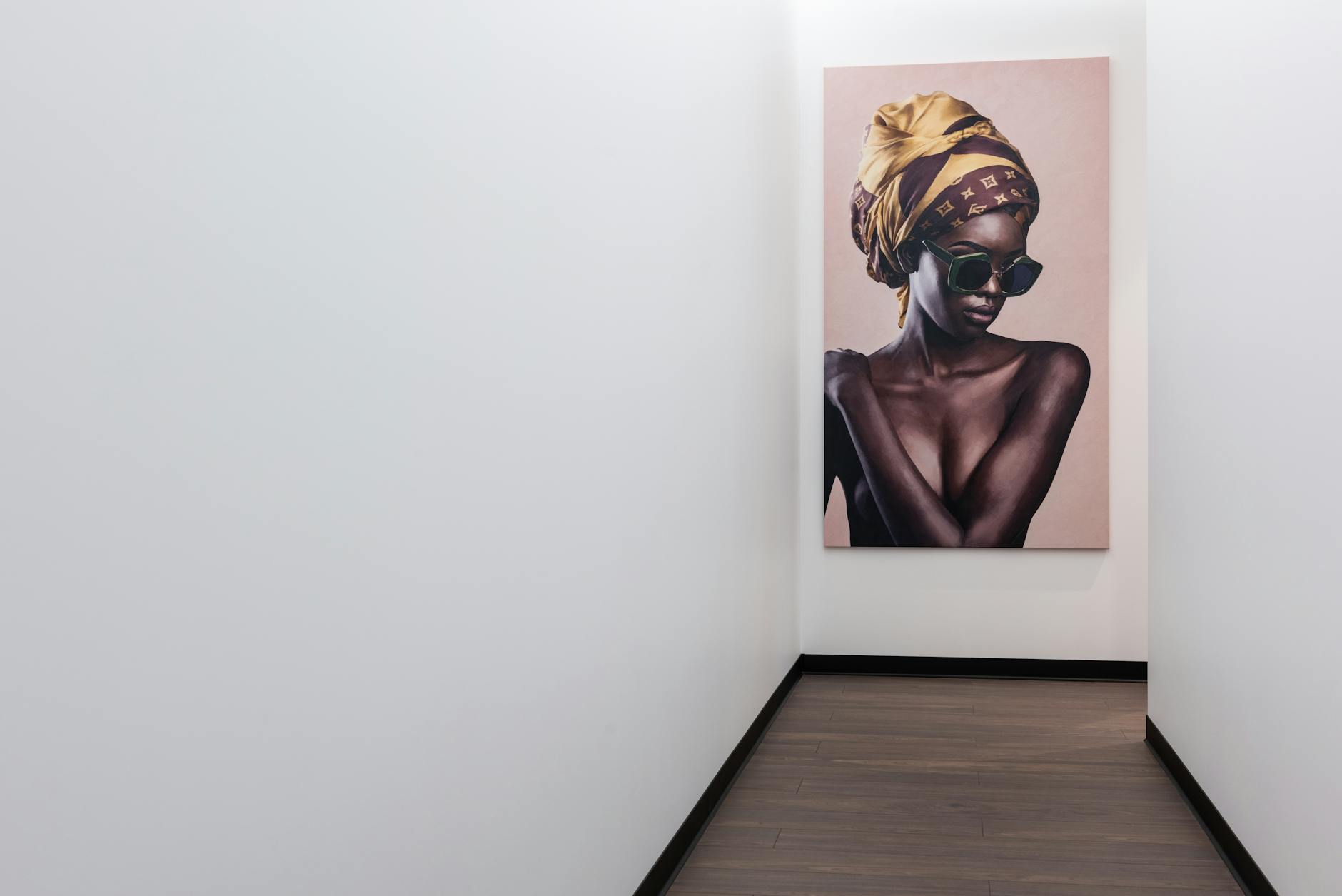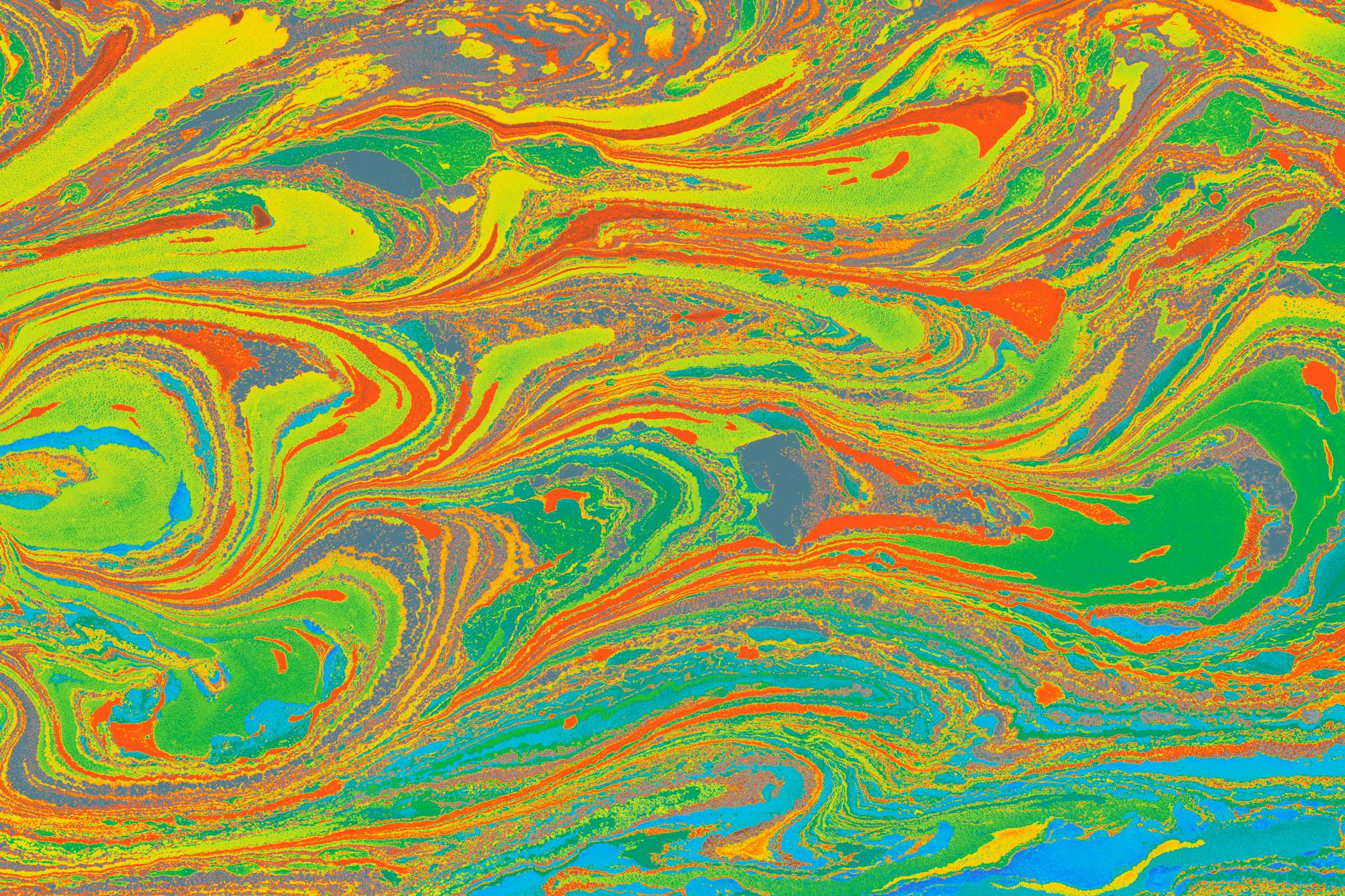Psychedelic Therapy, with its vibrant hues and intricate patterns easily provokes powerful emotional responses from viewers, often transcending the perimeters of verbal expression. Yet, there’s more beneath its bewildering surface— a deeper connection with human psychology. This dynamic interplay between mind and motif provides compelling insights into self-exploration, mindfulness, and therapeutic benefits.
In the realm of Art Therapy, the psychedelic genre occupies a unique position. As noted by numerous Psychonauts, these spontaneous, intricate designs are an attempt to express the ineffable facets of inner worlds and the subconscious mind. With its roots traced back to shamanic art traditions, the psychedelic style serves as a visual embodiment of internal spiritual journeys made under the influence of consciousness-altering substances, known as entheogens.
Psychedelic Art does not merely mirror the vibrant, fluid visuals often encountered by users of such substances; rather, it reflects a vast, complex, and highly personal inner cosmos. It is an exploration, an unpacking, a mapping of one’s mind which seeks to decode the intricate landscape of human thought and feeling. In a sense, it is the manifestation of Mindfulness— an expression of the heightened self-awareness that comes during the psychedelic experience.
Besides serving as a form of personal expression, artwork created during or after the psychedelic experiences can also have therapeutic value. An emerging field of mental healthcare, Psychedelic-Assisted Psychotherapy has demonstrated profound results in treating a range of disorders, from post-traumatic stress disorder (PTSD) to severe depression. The process often includes expressing experiences through artwork, allowing insights and breakthroughs to be recorded and analyzed.
Psychedelic Art Therapy allows individuals to express and examine their experiences in a non-verbal, symbolic manner. According to Carl Jung, artwork can provide a portal into the subconscious, bringing to light archetypal images and themes, aiding in Healing Trauma and stimulating personal growth.
Notably, Dr. Stanislav Grof, one of the pioneers in the field of psychedelic therapy, often encouraged his patients to depict their hallucinatory experiences. In doing so, Grof noted how the process of creation induced relaxation, catharsis, and understanding. It became clear that these artistic reflections were significant components in recovering from trauma or comprehending psychological struggles.
Psychedelic artwork’s iconic fluidity and interconnectedness can also stimulate a sense of cosmic unity, inducing a spiritual-like experience. This is often referred to as the “oceanic feeling”— a sense of oneness with the universe. According to numerous anecdotal reports, this experience can lead to a significant shift in perspective, prompting existential Self-Exploration and promoting a healthier mental state.
The Therapeutic Benefits of psychedelic art are manifold — from encouraging emotional expression and facilitating non-verbal communication to fostering mental resilience and self-discovery. Its intense, almost mystical quality invites deep reflection, encouraging individuals to confront, comprehend, and reconcile with their inner turmoil.
Psychedelic art’s connection to the human psyche remains a fascinating topic worthy of more research and understanding. It is a dynamic visual language that captures profound mental shifts and inner experiences that words often fail to encompass fully. Ultimately, it serves as a testament to human resilience, transformation, and our innate ability for healing and growth.
In the era where mental health issues pose significant challenges, the intersection of psychedelic art and psychology opens new doors for innovative therapeutic techniques. By enabling a journey into the depths of the mind, psychedelic art therapy contributes to dismantling emotional roadblocks and to more enlightened pathways towards recovery and self-realization.
As we continue to explore, delve, and engage with our colorful inner worlds, psychedelic artwork remains an efficient tool for self-discovery, healing, and transcendence. Art does not only imitate life; in this context, it imitates, illuminates, and perhaps even alters the intricate tapestry of the human mind.







